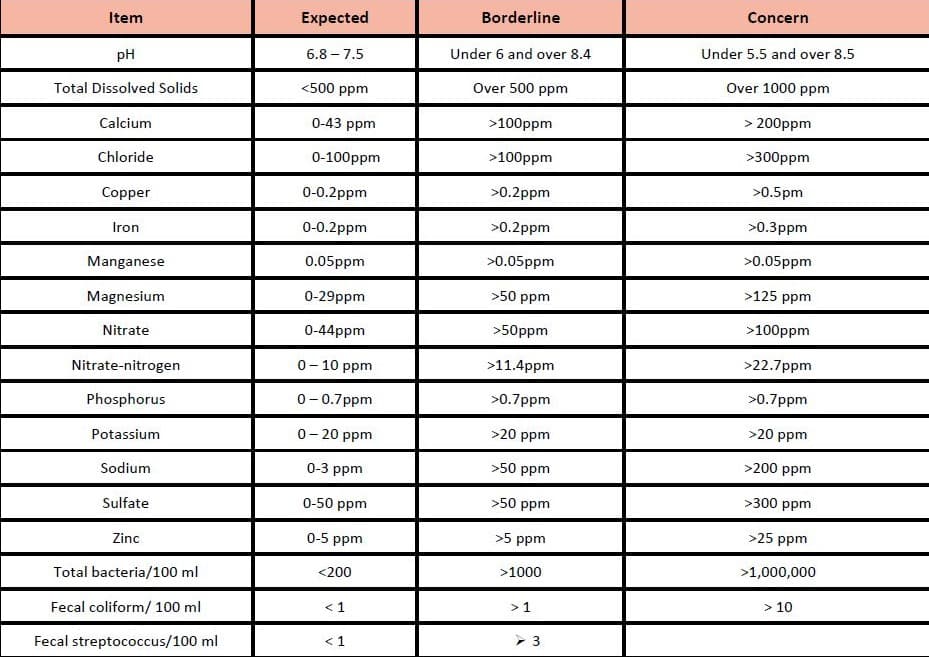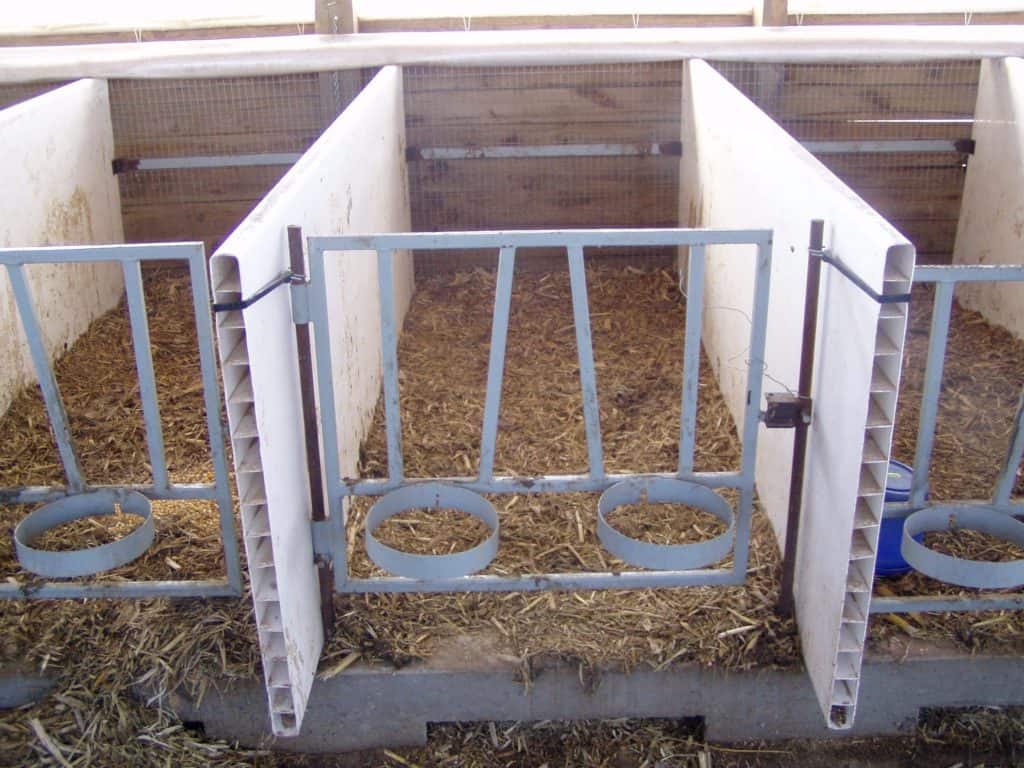Water is important!
Often we pay attention to small details in our feeding management of calves and overlook “simple” things of great importance! This is the case with water, regardless of whether you manage calves in individual pens or group housing. The fundamental recommendation is simple. Provide plenty of fresh, clean water at all times to calves of all ages.
Water intake and dry feed intake are highly correlated. Early consumption of calf starter grain is vital to timely weaning. Research has shown that for each liter of water that a calf consumes during the first 5 weeks of life they will consume an additional 83g of starter and gain an additional 56 grams of weight. (100 g = about ¼ of a pound). Calves will consume 1.5 to 2 liters of water/day within the first week of life. They will consume about 4L of water for every kg of calf starter consumed.
We often assume that water is not important for calves on milk. Calves on limited milk diets (<6L of milk /day) will consume more water than those fed more milk or milk replacer. However, calves on ad libitum milk also drink additional “free” water. Calves with diarrhea may lose 1 to 10% of their body weight. When dehydration exceeds 12%, mortality is high. Therefore, every effort must be made to encourage water intake regardless of feeding program, environment or health of calves.
What are some key items for successful water management for calves. Water quality should be evaluated every 6 months by submitting samples to a testing laboratory. Guidelines for water quality are shown in Table 1. Don’t assume that everything is fine if the water appears normal upon observation.
Table 1. Water quality guidelines. Derived from Dr. Don Sockett, Dr. David Beede, Dr. Tim Johnson and Mr. Bob Riesberg.

When problems are indicated from the water analysis, consult with experts to develop water treatment solutions. Some common problems are:
- Sodium – This may occur naturally or is a byproduct of use of water softeners. Water softeners are often used to treat water to enhance the ability to clean and sanitize surfaces. However, levels exceeding 300ppm will likely increase the incidence of diarrhea due to changes in the osmolality of the liquid diet.
- Palatability – High levels of manganese and sulfates result in poor taste of the water and low intakes.
On a more practical basis, how we deliver water to calves has a significant impact on consumption.
- The environment has a considerable impact on water intake. In colder climates, feed warm water (~105F or 40C) immediately following milk. Discard frozen water away from the calves. In warmer climates when temperatures exceed 80F or 25C water may need to be fed several times daily and buckets cleaned to prevent algae growth.
- Feeding water and milk in the same bucket is problematic for several reasons. First, adding water to the bucket after milk results in “milky” water which will foster growth of undesirable levels of bacteria. Leftover water prior to the next milk feeding must be discarded resulting in excess water in the calf environment. Plus, this “milky” water attracts flies.
- Proximity of the water bucket to calf starter. Traditionally these buckets were located adjacent to each other. Calves will commonly eat some starter and then drink some water, resulting in damp starter which is prone to spoilage and water contaminated with feed particles. Newer calf housing designs address these situations by separating these containers.
- In group housing systems, locate the water trough away from the feed bunk containing calf starter for the same reasons. Additionally, these water troughs should be cleaned daily and wiped with a chlorinated solution to discourage algae growth.
- The calf autofeeder systems rely upon accurate delivery of water. This is especially important when liquid diets are based upon milk replacer powders. Feeding excessive levels of milk replacer powders, particularly when ash content might be high requires accurate delivery of water and powder. Equipment should be calibrated routinely. Pay attention to any warnings about calibration. In most cases, instructions are provided on how to respond. Consult the quick start guides for information on calibration.
Water is critical to successful calf rearing! Test the water routinely. Assure delivery of clean water that is not contaminated with milk or calf starter grain. When autofeeders are used, make sure the equipment is properly calibrated and pay special attention to the cleanliness of supplemental water containers and supplies.

Note the “white” color of the water when milk and water are delivered in the same bucket and buckets are not cleaned after each feeding. Additionally the calf starter bucket location encourages further contamination of the water.

Note the separation of bucket holders for water and calf starter.

Cleaning and sanitizing water supply in an autofeeder facility on a daily basis.

